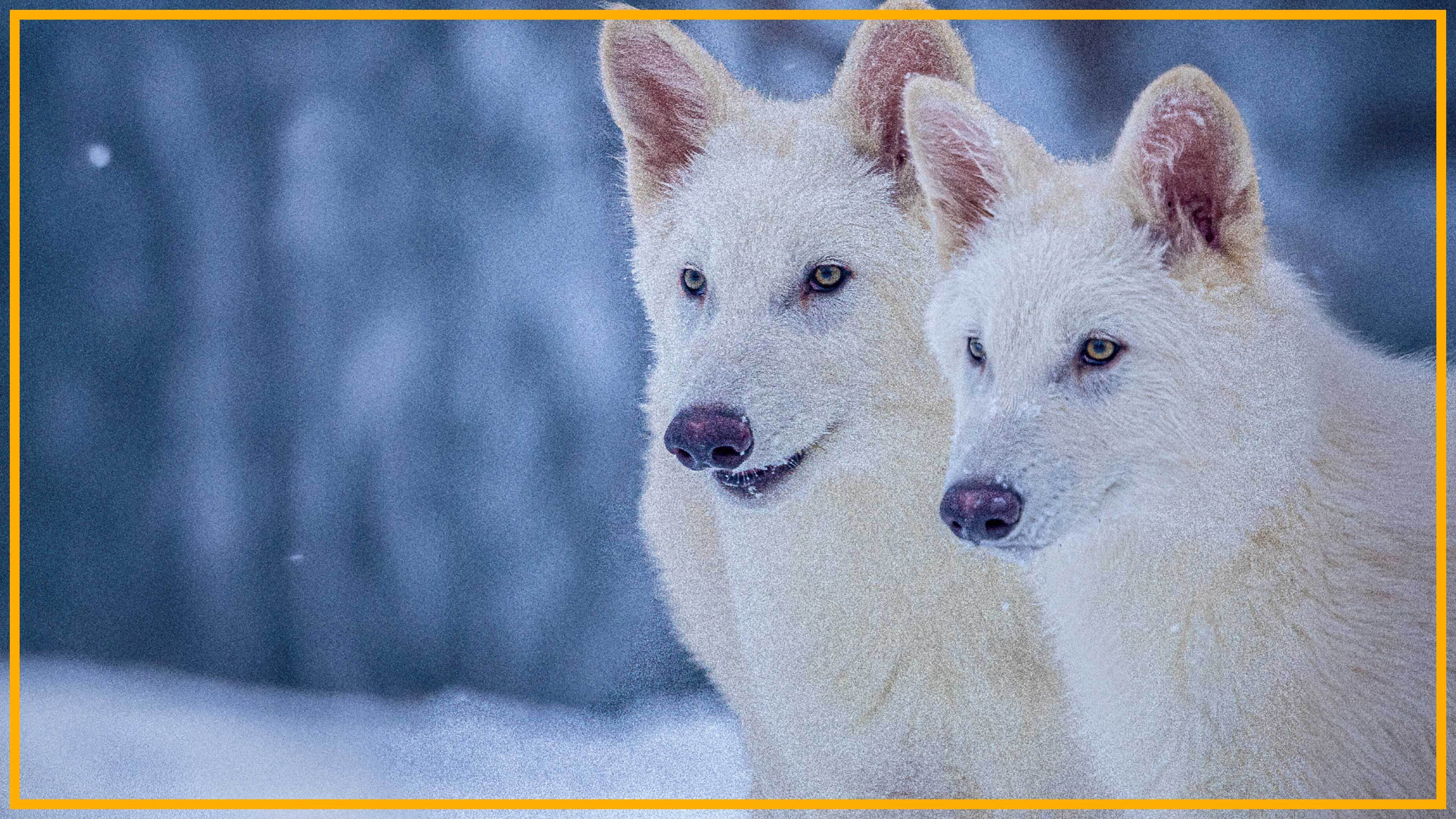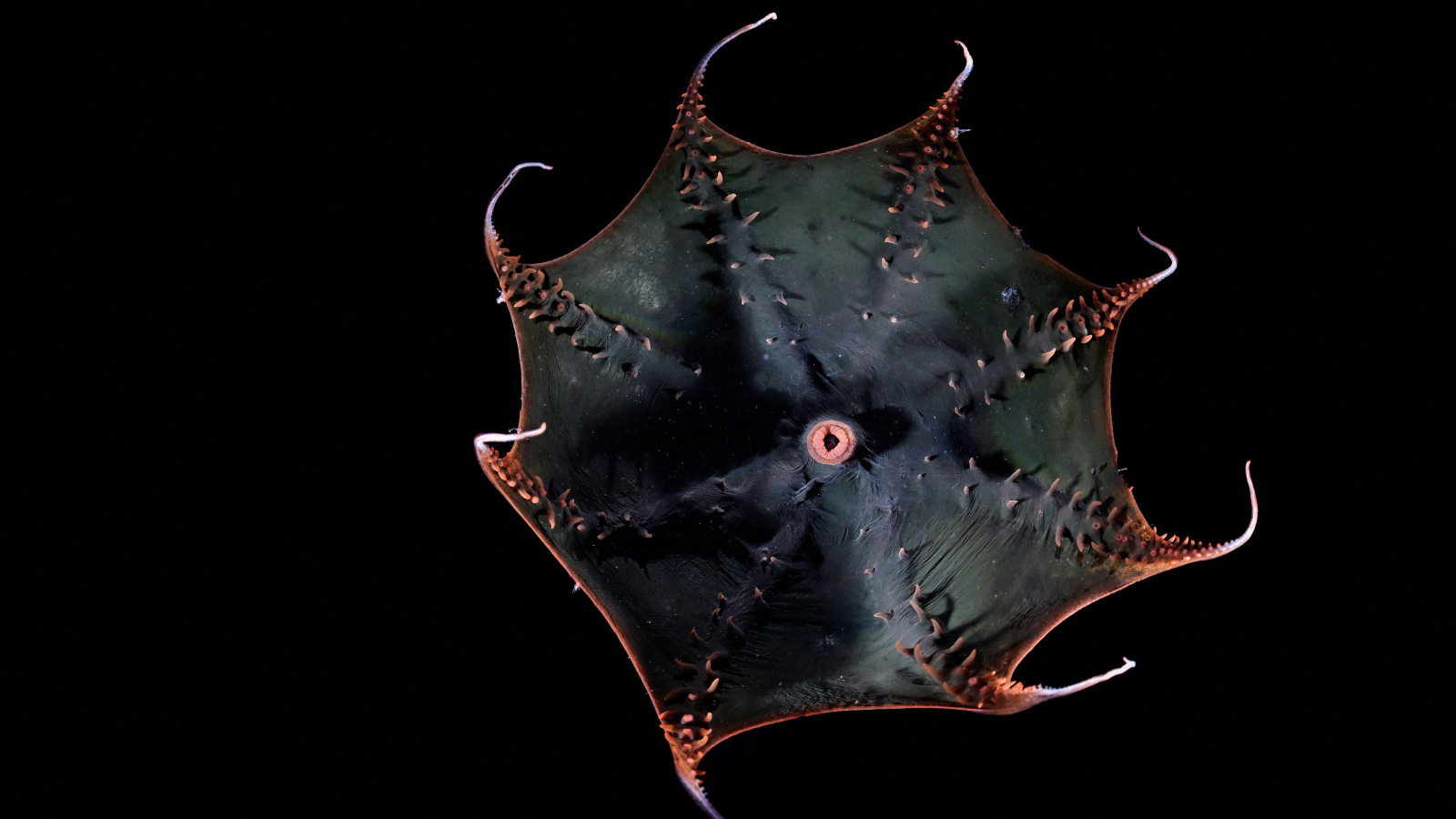Colossal's de-extinction campaign is built on a semantic house of cards with shoddy foundations — and the consequences are dire
"Dire wolves" created by Colossal Biosciences were pegged as "the first animals in history to be brought back from extinction." But that all depends on your definition of de-extinction — and Colossal's definition isn't the same as everyone else's.

The idea of resurrecting extinct organisms is alluring; I would love to see one of the strange Cambrian animals like Hallucigenia and Opabinia, feathered dinosaurs, the giant hornless rhino "Walter" and giant sloths.
The "de-extinction" company Colossal Biosciences promises to fulfill that dream, at least for extinct animals like woolly mammoths (Mammuthus primigenius), dodos (Raphus cucullatus), and Tasmanian tigers (Thylacinus cynocephalus). It has recently been making waves in its quest to de-extinct charismatic fauna. First, it claimed to have developed elephant induced-pluripotent stem cells (iPSC), from which they could "de-extinct" woolly mammoths, then for creating Colossal Woolly Mouse, or the Mammouse, a proof of concept that mammoth-like traits can be engineered into other animals.

Most recently, in a choreographed, but botched, reveal, Colossal made an astonishing claim: they had brought back the dire wolf from extinction. "De-extinction is now a reality," it posted to X. On LinkedIn, representatives wrote the wolves were "the first animals in history to be brought back from extinction."
News headlines boldly claimed that "The dire wolf is back," and the "Return of the Dire Wolf." But the photogenic, clickbaitable animals in their public relations campaign are not dire wolves; they are genetically engineered grey wolves that might resemble dire wolves. To me, this feels like an assault on objective truth in pursuit of profit.
Colossal's years-long de-extinction campaign is built on a semantic house of cards and the "illusory truth effect" — where if you repeat something enough times, people will believe it. The common-sense definition of de-extinction is reversing extinction — bringing a species that no longer exists back to life. But that's not Colossal's definition.
The company has rebranded it as "deëxtinction" or "functional de-extinction" — describing it as "the process of generating an organism that both resembles and is genetically similar to an extinct species [emphasis added]."
It ignores that "similar" is relative given all organisms descend from a common ancestor that lived 4.2 billion years ago; humans are more genetically similar to sponges than bacteria, but swapping genes between humans and sponges doesn't transmutate one into the other. A hairy elephant is not a woolly mammoth and a grey wolf with a few genetic alterations isn't a dire wolf. Saying they are with a tweaked definition of de-extinction doesn't make it true.
Get the world’s most fascinating discoveries delivered straight to your inbox.
In a subsequent interview with New Scientist, chief scientist at Colossal Beth Shapiro acknowledged that dire wolves haven't been de-extincted, while seemingly claiming Colossal never said they were. "It's not possible to bring something back that is identical to a species that used to be alive," she told the publication. "Our animals are grey wolves with 20 edits that are cloned. And we've said that from the very beginning. Colloquially, they're calling them dire wolves and that makes people angry."
They further mislead by simplifying and exploiting a nuanced scientific debate over species concepts; because there is no universally agreed-upon species definition, it gives them license to use an alternative, more convenient one.
While evolutionary biologists debate whether species are real biological entities or conceptual abstractions, no definition is based on overall similarity.
Colossal calls them dire wolves because if they look like this animal, then they are the animal.
Redefining species
Much like the meaning of de-extinction, Colossal redefines what it means to be a species. In a remarkable bit of lawfare, Colossal has filed patents that, if accepted as written by the Patent and Trademark Office, would legitimize their definition of de-extinction as a single gene from an extinct species introduced into an extant one. They have also filed for a type of trademark that secures their rights to use the names of the de-extinct "dire wolves," Romulus, Remus, and Khaleesi, in board games, toys, video games, trading cards, etc., to protect their "brand identity."
Thus, if transgenic grey wolf clones are transmutated into dire wolves because Colossal says they are, and if the government agrees with Colossal's definition, then one mutation could turn living species into monetizable and lucrative extinct ones.
The foundations of their house of cards are shoddy and built on disinformation, or, as the philosopher Harry G. Frankfurt might say, bulls**t.
Who benefits from this colossal bulls**t campaign? Colossal's investors, who I can’t imagine care about quiet academic debates over species concepts. Colossal aims to monetize the development and commercialization of cutting-edge biotech, including methods to edit the genome at multiple locations simultaneously, differentiate cells into sperm and eggs, and invent artificial wombs, among others. These techniques are legitimately promising. Developing these methods will have profound implications for human health and disease when successful.

When, and I do believe it is when, not if, they succeed, infertility and genetic disease will be a thing of the past. But instead of applying these methods to real problems, the company is focused on selling de-extinction to the public.
Colossal's deception is already having real-world consequences.
The Secretary of the Interior Doug Burgum wrote on on X that the arrival of the dire wolf is a "time to fundamentally change how we think about species conservation," that "the marvel of de-extinction technology can help forge a future where populations are never at risk," and that "The Endangered Species List has become like the Hotel California: once a species enters, they never leave. In fact, 97 percent of species that are added to the endangered list remain there."
Burgum declines to note in his post that those 97% of species remain on the list because we have failed to protect their habitats from human encroachment; their populations have not rebounded, therefore, they stay on the list. The Trump administration has announced it will remove protections from many endangered species, citing Colossal's de-extinction of the dire wolf. Who needs to protect endangered species like the red wolves from extinction when we can just introduce one of their extinct genes into a coyote and deëxtinct them?
In an era where "alternative facts" reign, Colossal's claim to de-extinction is more than just semantics and nonsensical differences in definitions. It is about market capitalization, at the expense of the foundations of scientific integrity and public trust in science and scientists.
Their scripted narrative has polluted the information ecosystem, and like a forever chemical, now that it has been introduced, it will linger on. Almost no one who read the fawning and remarkably gullible headlines or saw the TV coverage will read the critical commentary that followed, the news cycle has passed.
It's hard to dismantle a multi-year disinformation campaign wielded by a $10 billion biotech Goliath and work toward the de-extinction of truth. But we can speak truth to power and help the public discern science from science fiction, information from misinformation, and breakthroughs from flashy marketing ploys. What Colossal Biosciences offers us is bulls**t in exchange for objective truth.
Opinion on Live Science gives you insight on the most important issues in science that affect you and the world around you today, written by experts and leading scientists in their field.

Vincent J. Lynch is a first-generation college student who received his BS in Biological Science and Anthropology from the University at Albany - State University of New York (SUNY). He earned his PhD in evolutionary biology from Yale University, studying the development and evolution of mammalian pregnancy. He is currently a professor in the Department of Biological Sciences at University at Buffalo, SUNY. He studies the development and evolution of pregnancy, comparative oncology, and the molecular basis of woolly mammoth adaptations to the cold.
You must confirm your public display name before commenting
Please logout and then login again, you will then be prompted to enter your display name.


